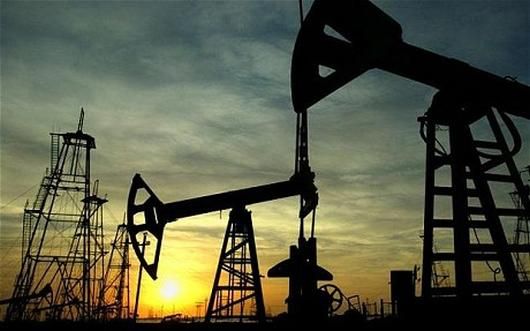Moody's said it expects exposure to low oil prices to shave off 0.8 per cent from real GDP growth on average across oil exporting countries in 2016.
 Global oil and gas prices are likely to remain at current lows for several years, with oil dropping to $25 per barrel if Iranian production more than offsets supply cuts elsewhere, Moody's Investors Service said.
Global oil and gas prices are likely to remain at current lows for several years, with oil dropping to $25 per barrel if Iranian production more than offsets supply cuts elsewhere, Moody's Investors Service said.
"Oil prices continue the decline that began in June 2014, reaching lows not seen in more than a decade. We currently expect oil and gas prices to remain close to current lows for several years, as excess supply in the market is slowly absorbed," it said.
Moody's estimated oil prices to be around $33 per barrel in 2016, which will rise to $38 a barrel in the next and to $43 in 2018.
US Henry Hub natural gas will average at $2.25 per million British thermal unit in 2016, rising to $2.50 next year and to $2.75 in 2018.
"Moreover, there are downside risks to these assumptions if an increase in Iranian production more than offsets supply cuts elsewhere," it said, adding that oil prices in that scenario may dip to $25 a barrel and gas to $1.75 per mmBtu.
The main cause of the low oil prices is an "inverse supply shock" as due to technological changes, excess investment in capacity, and geopolitical factors like OPEC's lack of agreement on curtailing supply, supply has outpaced demand even as demand has continued to grow, it said.
"Increased production now vastly exceeds growth in oil consumption, even with consumption growth by major consumers such as the US, China and India," it said.
Moody's said it expects exposure to low oil prices to shave off 0.8 per cent from real GDP growth on average across oil exporting countries in 2016 and to weigh further on the sluggish global growth prospects.
"For emerging markets overall, the combination of lower commodity prices, continued capital outflows, spillovers from slower Chinese growth, and country-specific domestic structural challenges have pushed down economic growth forecasts, "it said.
For over 40 per cent of emerging markets globally growth forecasts are now lower compared to four months ago. "We currently expect G-20 emerging markets growth of around 3.8 per cent in 2016 (GDP-weighted average), below the 4.0 per cent of 2015 and the 5.0 per cent growth of 2014. We expect growth to accelerate to 4.5 per cent in 2017."
For advanced countries, Moody's maintained its growth forecast broadly stable as the positive effects of lower commodity prices largely mitigate negative effects from trade linkages with emerging markets, negative wealth effects from the fall in equity markets, and negative impact of the financial market volatility on consumer and business confidence.
"We expect 1.8% real GDP growth for the G-20 advanced economies in 2016 – 0.3 per cent below our November 2015 expectation - and 2.0 per cent in 2017. Going forward, growth in advanced economies is similar to the 1.8 per cent of 2015 and the 1.8 per cent of 2014 (GDP-weighted average).
"Downside risks to global growth have increased as second-round effects from the fall in commodity prices, the slowdown in China, the slowdown in emerging markets and the financial markets turbulence are still working their way through the real economy," it said.










